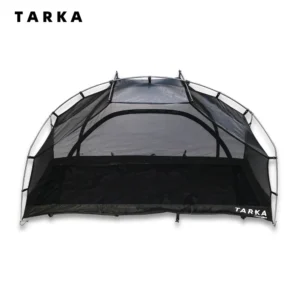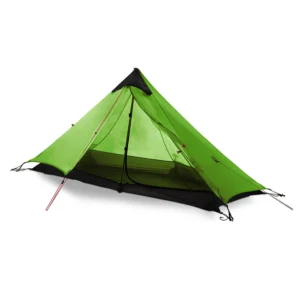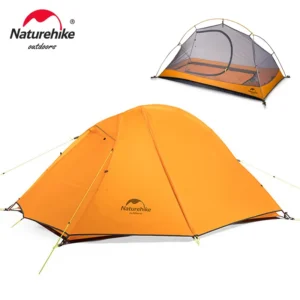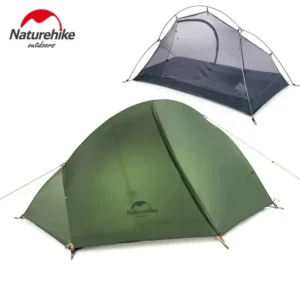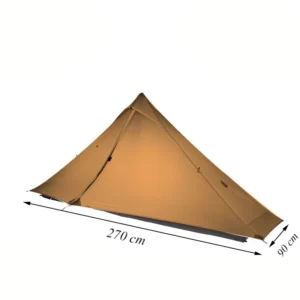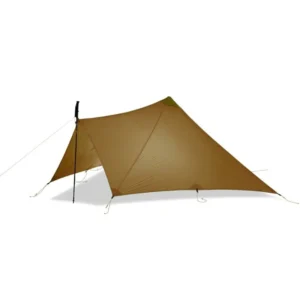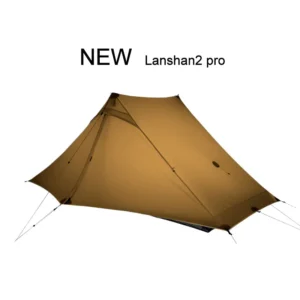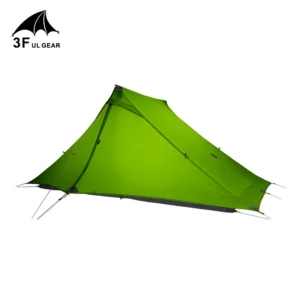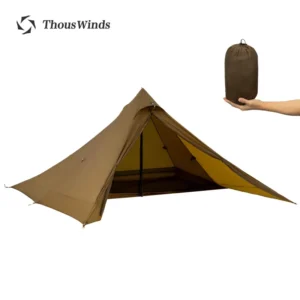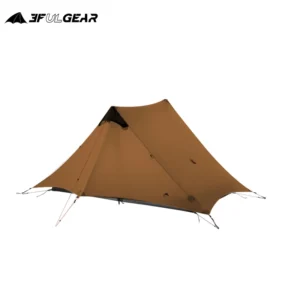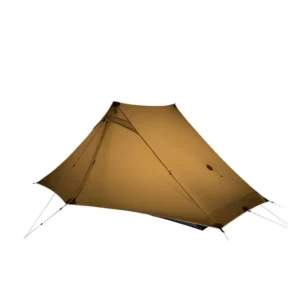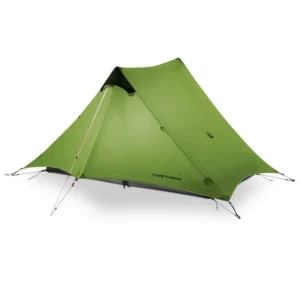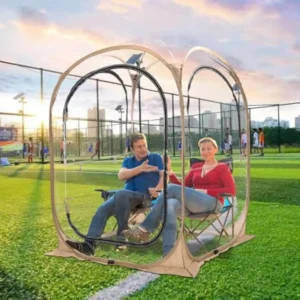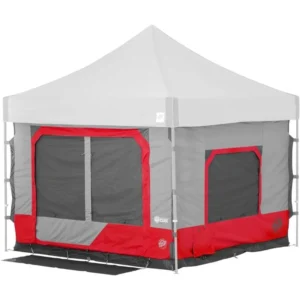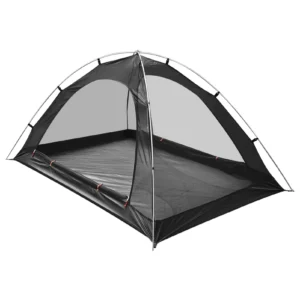Ultralight Trekking Pole Tent
Hike lighter, go farther. These ultralight trekking pole tents use your poles for shelter, slashing pack weight. Find your durable, simple haven.
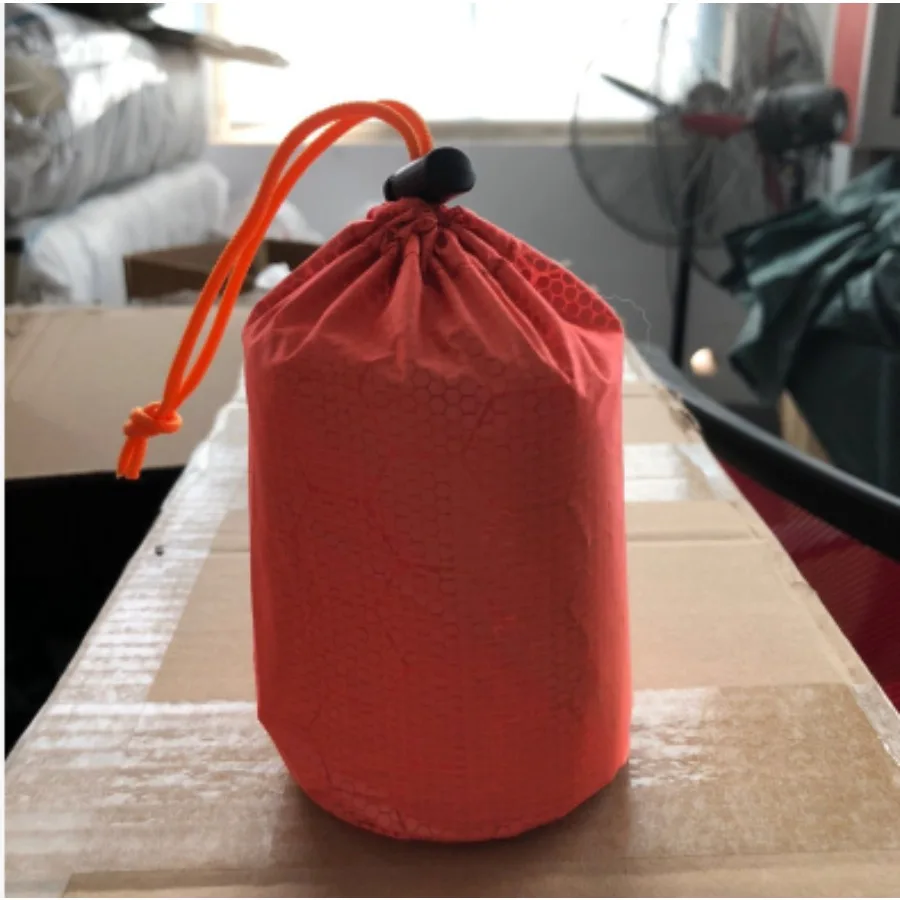
Showing 1–12 of 19 results
Ultralight Backpacking Tent, Ultralight Trekking Pole Tent
Price range: $350.87 through $351.98 Select options This product has multiple variants. The options may be chosen on the product pageUltralight Backpacking Tent, Ultralight Trekking Pole Tent, Winter Camping Tent
Price range: $468.86 through $537.88 Select options This product has multiple variants. The options may be chosen on the product pageHeavy Duty 4 Season Tent, Ultralight Backpacking Tent, Ultralight Trekking Pole Tent
$267.44 Select options This product has multiple variants. The options may be chosen on the product pageLightweight Backpacking Tent, Ultralight Backpacking Tent, Ultralight Trekking Pole Tent
Price range: $462.40 through $587.15 Select options This product has multiple variants. The options may be chosen on the product pageLightweight Backpacking Tent, Trekking Pole Backpacking Tent, Ultralight Backpacking Tent, Ultralight Trekking Pole Tent
Price range: $471.85 through $478.11 Select options This product has multiple variants. The options may be chosen on the product pageLightweight Backpacking Tent, Trekking Pole Backpacking Tent, Ultralight Trekking Pole Tent
Price range: $355.90 through $367.93 Select options This product has multiple variants. The options may be chosen on the product pageLightweight Backpacking Tent, Trekking Pole Backpacking Tent, Ultralight Backpacking Tent, Ultralight Trekking Pole Tent
Price range: $1,129.41 through $1,176.33 Select options This product has multiple variants. The options may be chosen on the product pageLightweight Backpacking Tent, Trekking Pole Backpacking Tent, Ultralight Trekking Pole Tent
Price range: $647.36 through $673.54 Select options This product has multiple variants. The options may be chosen on the product pageLightweight Backpacking Tent, Ultralight Backpacking Tent, Ultralight Trekking Pole Tent
$883.32 Select options This product has multiple variants. The options may be chosen on the product pageLightweight Backpacking Tent, Trekking Pole Backpacking Tent, Ultralight Trekking Pole Tent
Price range: $929.19 through $1,030.85 Select options This product has multiple variants. The options may be chosen on the product pageTrekking Pole Backpacking Tent, Ultralight Backpacking Tent, Ultralight Trekking Pole Tent, Winter Camping Tent
Price range: $310.80 through $521.76 Select options This product has multiple variants. The options may be chosen on the product pageLightweight Backpacking Tent, Trekking Pole Backpacking Tent, Ultralight Trekking Pole Tent
$850.00 Select options This product has multiple variants. The options may be chosen on the product page
Showing 1–12 of 19 results
Why Choose Ultralight Trekking Pole Tents
Ultralight trekking pole tents represent the pinnacle of weight-conscious shelter design, fundamentally different from traditional tents by eliminating dedicated pole structures. Instead, these innovative shelters use the trekking poles you’re already carrying to create their framework—a brilliantly simple weight-saving solution.
The primary advantage is significant weight reduction. While conventional backpacking tents typically weigh 3-5 pounds, ultralight trekking pole shelters slash those numbers dramatically—solo designs often weigh under 2 pounds, with two-person models generally coming in under 3 pounds. This represents weight savings of 30-60%, translating directly to reduced fatigue and increased enjoyment on the trail.
Beyond just weight savings, these shelters often offer surprising benefits: larger living spaces than similarly weighted traditional tents, quicker setup once mastered, and excellent weather performance when properly pitched. Many designs also adapt to various configurations depending on conditions and needs.
Of course, they’re not without considerations. They require reasonably flat ground with soil that accepts stakes well, and they demand slightly more skill during setup. However, at Explore Elements, we find most backpackers quickly adapt to these minor requirements, gaining significant advantages in return.
Key Features of Premium Ultralight Trekking Pole Tents
Today’s premium ultralight trekking pole tents showcase remarkable material innovations. Dyneema Composite Fabric (DCF) offers unmatched waterproofness without stretching or sagging when wet—though at a premium price. More affordable but still excellent options include Silpoly (silicone-coated polyester) and Silnylon (silicone-coated nylon), each with distinct performance characteristics balanced against weight.
Intelligent design elements maximize space while minimizing material. Features like catenary (curved) ridgelines create taut pitches without excess fabric, while strategic panel cuts optimize headroom where needed most. Multiple tie-out points allow for storm-mode configurations when weather demands it.
Weather performance hinges on proper setup, but well-designed models handle challenging conditions remarkably well. Many incorporate thoughtful ventilation systems to manage the condensation concerns common to all ultralight materials.
Despite their minimal weight, quality trekking pole shelters offer impressive durability. Reinforced stress points, careful stitching methods, and appropriately calculated fabric thickness in high-wear areas ensure these shelters can withstand serious backcountry use when treated with reasonable care.
Types of Ultralight Trekking Pole Shelters
Pyramid or “mid” designs represent perhaps the most storm-worthy option, featuring a single central peak with sloped walls extending to the ground. Their simple geometry sheds wind exceptionally well, offers excellent snow-load capability, and maximizes interior volume. Mid shelters typically weigh 1-2 pounds for solo designs and 2-3 pounds for two-person models.
A-frame shelters evoke classic tent shapes but use modern ultralight materials. These designs excel in moderate conditions while providing excellent headroom along the central ridgeline. They typically pack down extremely small, often to the size of a water bottle.
Hybrid designs incorporate minimal pole structures (usually just for the entrance or foot area) while using trekking poles for the main support. These offer enhanced stability and easier setup with modest weight penalties.
The single-wall versus double-wall decision significantly impacts performance. Single-wall designs save weight but require more ventilation attention, while double-wall models (with separate mesh inner tents) manage condensation more effectively at the cost of a few ounces.
Many premium options feature modular systems, allowing you to use just the outer “fly” in fair weather or add inner mesh components for bug protection when needed. This adaptability makes one shelter capable of serving in diverse conditions throughout the seasons.
Essential Considerations When Choosing Your Shelter
When evaluating trekking pole tents, several key factors should guide your decision:
Setup requirements vary significantly between models. Some demand specific trekking pole heights (often adjustable between 110-130cm), while stake counts range from 6-12 depending on design complexity. Consider these requirements against your typical camping environments.
Weather protection needs should align with your adventure locations. Desert backpackers might prioritize ventilation and sun protection, while Alpine hikers need robust wind resistance and possibly snow-load handling capability.
Living space dimensions matter tremendously for comfort. Compare floor dimensions, peak height, and vestibule space carefully. Some designs offer abundant head clearance at the center but limited usable space elsewhere.
Seasonality affects design choices—most trekking pole shelters handle three-season use excellently, while extended-season models feature steeper walls and more robust materials for light winter duty.
Condensation management becomes particularly important in these shelters. Look for effective ventilation systems, appropriate site selection capability, and interior fabric that doesn’t readily transfer moisture to your gear.
How to Properly Set Up an Ultralight Trekking Pole Tent
Site selection proves especially critical with non-freestanding shelters. Seek level ground that accepts stakes well, and when possible, orient your shelter to protect doorways from prevailing winds.
The basic setup sequence follows similar patterns across designs:
1. Stake out the floor corners loosely
2. Insert trekking poles to proper height
3. Raise the shelter body
4. Adjust stake positions for tension
5. Add guy lines for stability in challenging conditions
Proper tensioning makes all the difference—aim for drum-tight fabric without distorting the shelter’s intended shape. Learn to adjust pole heights and stake positions incrementally to achieve ideal tension.
For challenging ground conditions, carry alternative anchoring options like snow stakes, rock sacks, or deadman anchors that can be buried in loose sand or snow. Small adjustments to pitch height can dramatically improve performance in changing weather conditions.
Caring for Your Ultralight Shelter
Ultralight shelter materials require specific care to maintain performance:
For cleaning, avoid machine washing or harsh detergents. Instead, spot clean with mild soap and a soft cloth, rinse thoroughly, and allow complete drying before storage.
Different fabrics demand different approaches—DCF can be wiped clean and doesn’t absorb water, while silnylon and silpoly benefit from occasional reapplication of silicone sealant at stress points.
Field repairs become straightforward with preparation. Carry small patches of matching fabric, clear repair tape for DCF shelters, and seam sealer appropriate to your shelter’s material. Small tears should be addressed immediately to prevent expansion.
Store your shelter loosely packed when not in use, completely dry, and away from direct sunlight to maximize lifespan and maintain weather resistance.
How Trekking Pole Tents Compare to Traditional Shelters
The direct weight comparison remains the most obvious advantage—trekking pole shelters typically save 1-3 pounds over comparable traditional and trekking pole designs, representing 30-60% weight reduction.
Setup time often favors traditional freestanding tents initially, but with practice, many backpackers find trekking pole shelters equally quick to pitch—sometimes faster in challenging conditions.
Weather performance depends more on specific design than shelter category. Quality trekking pole tents handle severe conditions remarkably well when properly pitched, sometimes outperforming traditional designs in high winds due to lower profiles and adaptable configurations.
Durability presents interesting comparisons—while traditional tents may withstand more abuse, ultralight shelters can offer surprisingly long lifespans when cared for properly, often 5+ years of regular use. Their simplified designs mean fewer failure points like zippers and pole connections.
Are Trekking Pole Tents Right For You?
Consider these questions to determine if a trekking pole shelter matches your needs:
– Do you already use trekking poles while hiking?
– Is reducing pack weight a priority for your adventures?
– Are you willing to learn slightly more technical setup procedures?
– Do you typically camp in areas with suitable ground for staking?
– Are you comfortable managing condensation through site selection and ventilation?
These shelters excel for weight-conscious backpackers covering significant distances, especially those already using trekking poles. They prove less ideal for primarily car camping, extremely rocky terrain, or for those unwilling to develop setup skills.
For most backpackers looking to lighten their load without sacrificing protection, Explore Elements’ curated selection of trekking pole shelters offers compelling advantages worth the minor adjustments they require.
Popular Questions About Trekking Pole Tents
How stable are these in severe weather?
Quality trekking pole shelters handle severe weather remarkably well when properly pitched. The key lies in site selection, proper tensioning, and using all provided guy-out points. Low-profile pyramid designs particularly excel in high winds.
How do I manage condensation?
Condensation management requires a three-part approach: choose campsites with good airflow, utilize all ventilation features your shelter offers, and carry a small cloth to wipe interior walls if needed. Double-wall designs naturally manage condensation better than single-wall options.
Will my adjustable trekking poles work?
Most quality trekking poles work excellently, though some ultralight fixed-length carbon poles may lack sufficient strength. The ideal pole provides stability at heights between 110-130cm (adjustable as needed for your specific shelter).
How do these compare to freestanding tents for durability?
When properly cared for, premium trekking pole shelters offer impressive durability. While they require more thoughtful handling, they often feature higher-quality materials than similarly priced traditional tents and have fewer mechanical failure points.
Are they truly difficult to set up?
There is a learning curve, but most backpackers master setup within 3-5 attempts. The process becomes intuitive quickly, and many experienced users can pitch their shelters in under two minutes—even in challenging conditions.

